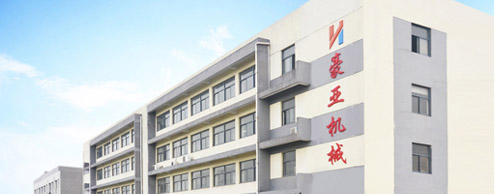Piezoelectric ceramic is a functional ceramic material that can convert mechanical energy and electrical energy. Compared with piezoelectric single crystal materials, it has high electromechanical coupling coefficient, good piezoelectric properties, stable chemical properties, easy preparation, and can produce various shapes, sizes and arbitrary polarization directions, and has low price. It is widely used in high-tech fields such as satellite broadcasting, electronic equipment, biology, and aerospace.
However, the piezoelectric ceramic systems currently used are mainly lead-based piezoelectric ceramics, and the content of PbO (or Pb3O4) in these ceramic materials accounts for about 70% of the total mass of the raw materials. Due to the volatility of lead-containing compounds such as PbO and Pb3O4 at high temperatures, these ceramics pose great harm to human health and the ecological environment during production, use and disposal. If the pollution-free treatment of lead-containing ceramic devices is carried out, the cost will be high. On the other hand, the volatilization of PbO also causes the stoichiometric ratio of the ceramic to deviate from the stoichiometric ratio in the formulation, resulting in reduced product consistency and repeatability. Therefore, the development and development of environmentally friendly lead-free piezoelectric ceramics has become an urgent and significant practical issue.
Lead-free piezoelectric ceramics, also known as environmentally friendly piezoelectric ceramics, have a direct surface layer meaning piezoelectric ceramic materials that are lead-free and have satisfactory high piezoelectric properties. At present, lead-free piezoelectric ceramic systems studied at home and abroad mainly include: BaTiO3-based lead-free piezoelectric ceramics, (Bi0.5Na0.5)TiO3 (BNT)-based lead-free piezoelectric ceramics, bismuth-layered structure lead-free piezoelectric ceramics and A bismuth-based lead-free piezoelectric ceramic (including an alkali metal silicate of a perovskite structure and a tungsten bronze structure silicate).
The effect of powder particle size on the microstructure of 3Y-TZP material: It can be seen from the XRD patterns of the surface and section of the two materials that the original powder of the two materials has only a single t-phase zirconia and no monoclinic (m) phase. A diffraction peak of zirconia appears. After sintering, only the micron powder sintered body appears on the surface (representing the inside of the material), and the nanopowder sintered body is still composed entirely of t phase. This may be because the micron powder has a high sintering temperature and the crystal grains are abnormally grown after sintering. Exceeding the critical grain size of phase transition, a small amount of phase change spontaneously occurs during cooling; the diffraction peak of m-phase zirconia appears in both sections. It is calculated by calculation that the sample sintered by the nanoparticles at the time of the fracture has a larger phase variable of the t-m phase transition than the sample sintered by the microparticles. The SEM photographs show that the microstructure of the nano-powder sintered samples is more uniform and compact, and the particle distribution range is narrow. The micro-powder sintered body has a small number of irregular small pores, and the abnormal growth of crystal grains appears in the micro-particle samples. Phenomenon, this is because the capillary pores existing around these particles hinder the growth of normal crystal grains, and the larger particles in the raw material powder cause it to be swallowed, which has a certain negative effect on the improvement of the mechanical properties of the microparticles. In the grain size, since the original particles of the nanopowder are small, and the sintering temperature is lower than that of the micron powder, the grain size is smaller than that of the micron powder sintered material.




